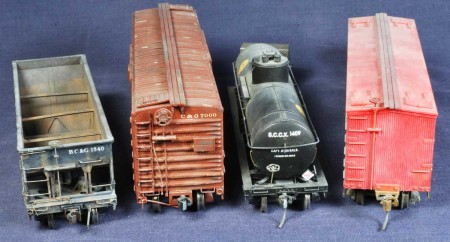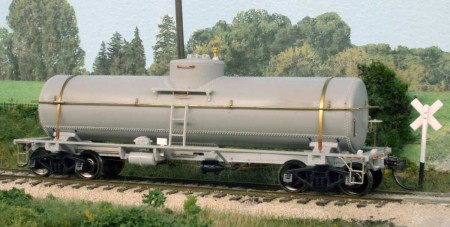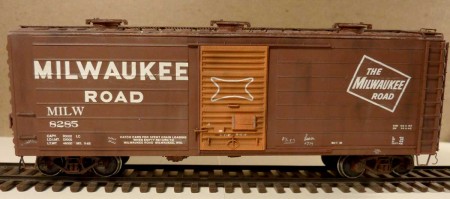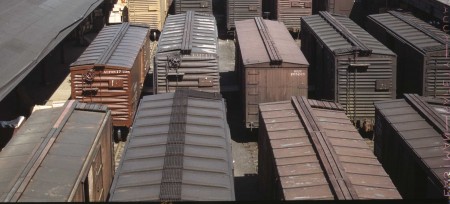
Blog manager Eric Hansmann steps in with some thoughts about details on the end of freight cars.
To snip or not to snip, that is the question. I’ve been installing couplers without trip pins for about a decade. Many modelers notice the missing trip pins and ask why would I do such a thing. In 2005, I realized I was not going to have a layout using magnetic uncoupling and the club layout where much of my equipment was in service also did not use magnetic uncoupling. Building models without trip pins was an easy personal choice. Click on any image here to review a larger size.


